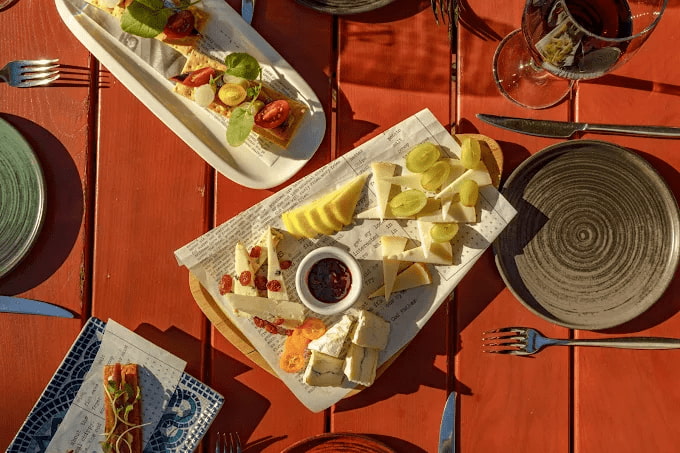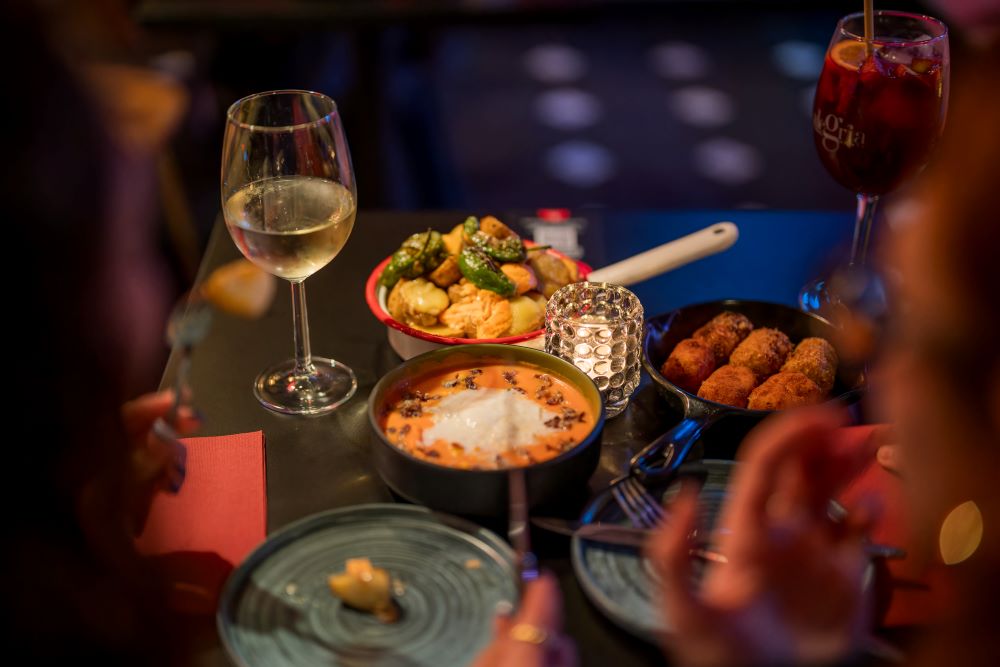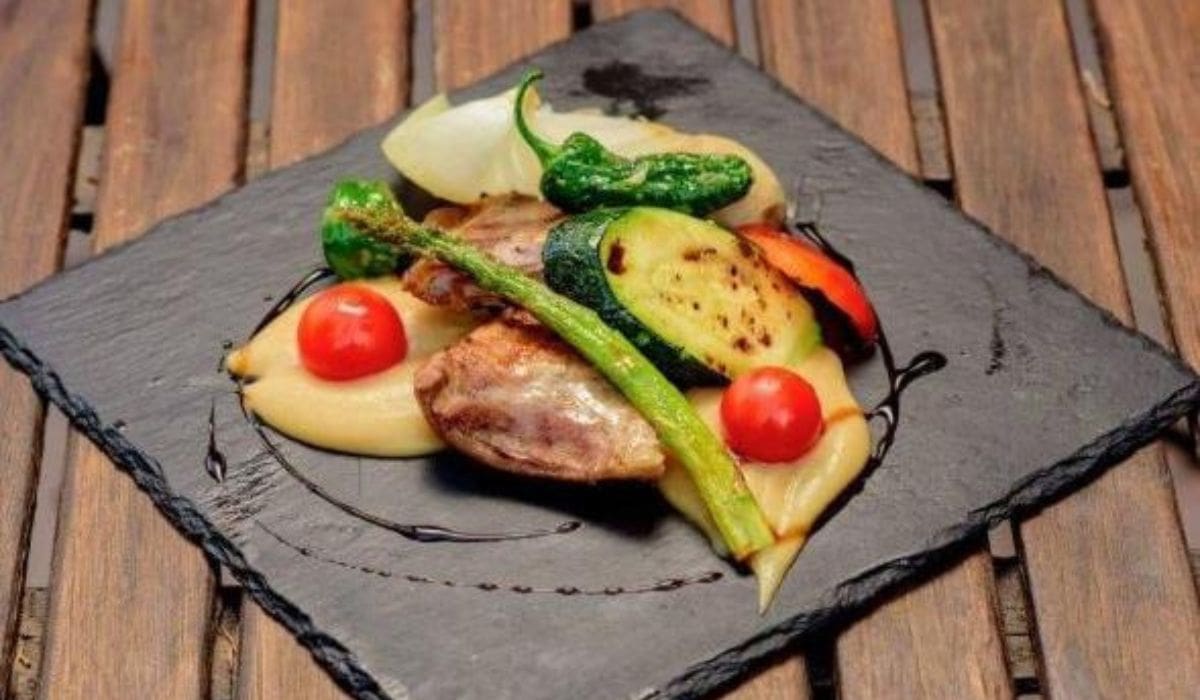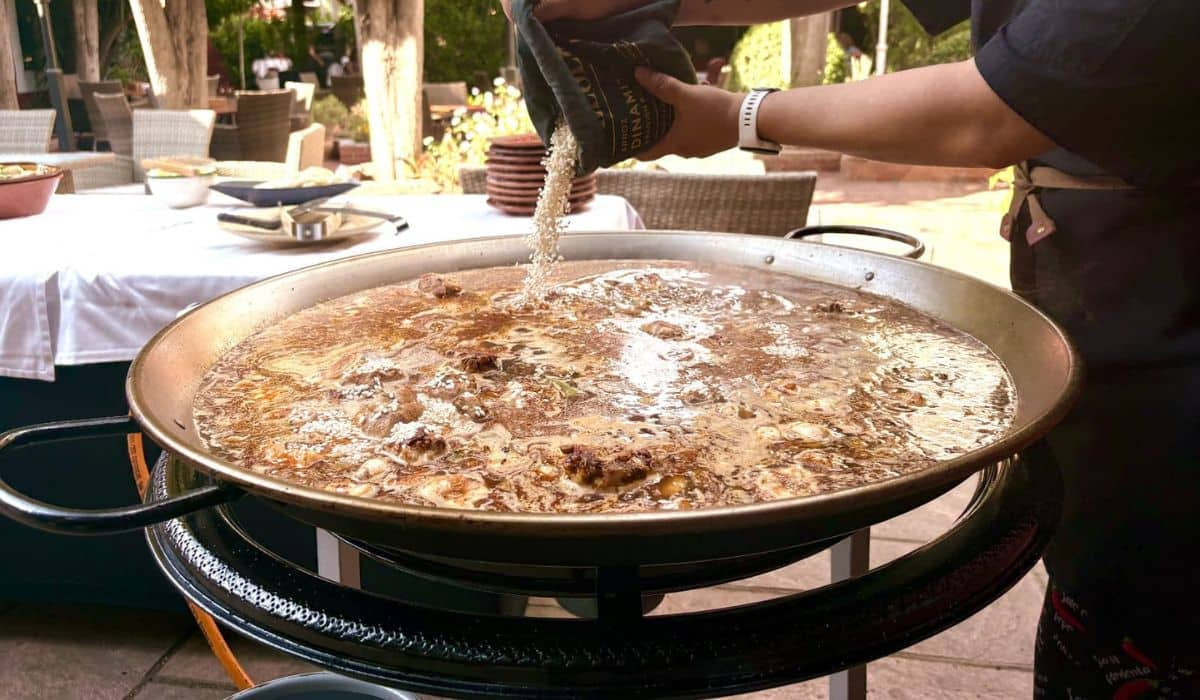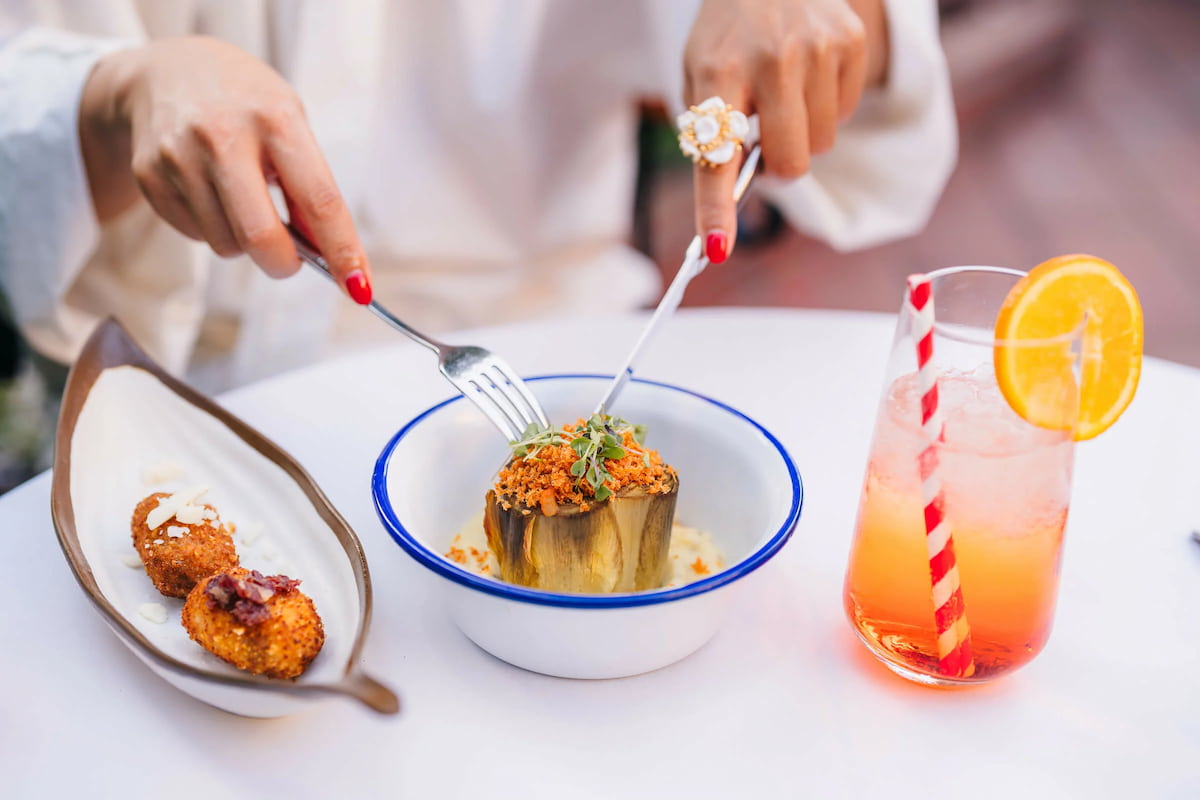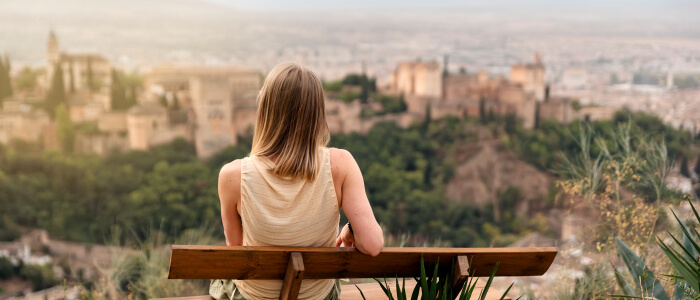Holy Week is one of the quintessential Christian holidays. Although it is celebrated throughout Spain, Andalusia is undoubtedly the place where the inhabitants live and enjoy it the most. That is why many national and international tourists travel to the south of the peninsula on the dates of this holiday to experience it with the locals and catch the passion of the Andalusians. But in this article we want to talk specifically about what Holy Week in Granada is like, one of the most special, and tell you the essentials you need to know to enjoy it like one of the locals.
See the Christ of the Gypsies among the hills of Sacromonte, get caught by the bonfires that are lit in the caves, live the magical night in the Albaicin, witness the “mantle” of Good Friday … Holy Week in Granada is unique and we want to be your starting guide so you can begin to organize these magical days in the city.
When is Easter Week celebrated in Granada?
The dates for the celebration of Holy Week in Granada and other parts of Spain and the world vary from year to year. Although it usually falls in April, the specific days change according to the beginning of spring and the lunar calendar, and can sometimes take place between the end of March and the beginning of April.
In 2025, for example, Holy Week will begin on April 13 and end on the 20th of that month. However, in 2024, it took place between March 24 and 31.
What is celebrated during Holy Week in Granada?
Holy Week in Granada and other parts of the peninsula and the world is a festivity in which the passion, death and resurrection of Jesus Christ are celebrated. Each of the days that make up this holiday (which are eight) also has a unique meaning for Catholicism.
In case you didn’t know, Holy Week in Granada, along with 27 other Holy Weeks that are celebrated in Spain, is declared a Festival of International Tourist Interest. Specifically, Holy Week in Granada has held this title since 2007.
Day by day events of the Holy Week in Granada
But, what are you going to find when you attend Holy Week in Granada? And more importantly, how can you organize your days this week to enjoy everything the city has to offer? Below we tell you how this important week is structured and the highlights of each day.
Palm Sunday
Holy Week in Granada starts with this day in which the entrance of Jesus Christ into Jerusalem is celebrated, where the locals received him with palms and olive branches. That is why you see the streets full of palms and the locals holding them. In addition, there are also processions and special masses where the bouquets are blessed.
Easter Monday and Tuesday
On Monday, five brotherhoods take to the streets to process. And among them is one of the oldest in the city, the Cristo de San Agustín. On Tuesday, however, there are four.
All of them begin their processions early in the afternoon, between four and six o’clock, and finish late at night, and may even finish the route at one o’clock in the morning.
Holy Wednesday
The night of Holy Wednesday is one of the most special of Holy Week in Granada. This is because it includes, among others, the procession of the Gypsies, which has peculiarities that make it unique in all of Andalusia. It lasts a total of 11 hours, being one of the longest in the city, and in one of the sections you can see the Alhambra in the background. But that’s not all, it also passes through the hills of Sacromonte, where bonfires are lit among the “caves” creating a unique atmosphere.
In case you don’t know, Sacromonte is the quintessential gypsy neighborhood of Granada and where the “caves” or “cave houses” are located, which at one time were the home of both gypsies, Arabs and Jews. Today there are very few inhabited, but in some there are flamenco shows called Zambras.
Maundy Thursday
Also known as “the magical night of the Albaicín” because four of the five processions of the day leave from this neighborhood, the slopes and the narrow streets turn the processions into a spectacle.
Good Friday
On this day, at three o’clock in the afternoon, more than 20,000 people gather in the Plaza del Campo del Príncipe to pray for the death of Christ. Due to the large number of people who attend, this meeting is known as “the mantle” and anyone can be part of it.
This ritual of public prayer is unique in Andalusian and Spanish Holy Week, as it is not found with such magnitude in other parts of the peninsula. Afterwards, it is a tradition to go to the Jewish quarter of Realejo to have something in one of its bars and regain strength, as several processions take place in the afternoon. Experts especially recommend the greñúa and the departure of the Soledad from the Monastery of San Jerónimo.
Holy Saturday
In this case, only one procession leaves with Santa María de la Alhambra as the protagonist. It leaves at 5:30 p.m. and the habit of the Nazarenes is one of the most luxurious of all Holy Week in Granada. But what makes it even more special is that the brotherhood descends through the forests of the Alhambra offering a beautiful image.
Easter Sunday
Holy Week in Granada closes, in this case, with the little ones as the main characters. Of the three processions that leave this day, the most important is the one known as Facundillos, in which the children carry the paso in the Realejo.
Tips to enjoy Easter Week in Granada
- Moving around the city can be difficult, especially in the moments before the processions due to the large number of people and the fact that some accesses are restricted. That is why it is crucial that you go with a mentalized attitude and arm yourself with patience.
- Granada is a city with many slopes, especially in the Albaicín neighborhood, where some processions of Holy Week in Granada take place. So consider whether you are prepared to move through those streets. If not, you can always enjoy the processions from other more accessible points.
- If you want to enjoy the best views of the processions, you must take into account that you will have to reserve the place yourself several hours before the start of the procession.
Beyond the capital
Not only is Holy Week in Granada experienced in the capital, but also in the surrounding municipalities. Specifically, the ones that have the most relevance are Motril, Almuñécar, Loja, Huéscar and Cuevas del Campo. And each and every one of them holds the title of Festival of Tourist Interest, so you can already imagine its beauty.

